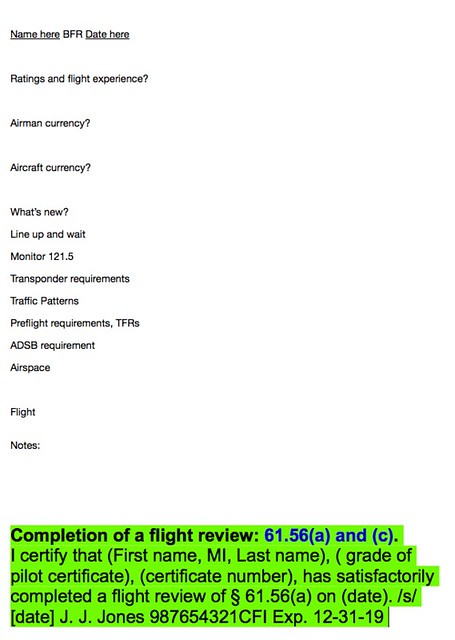AggieMike88
Touchdown! Greaser!
- Joined
- Jan 13, 2010
- Messages
- 20,805
- Location
- Denton, TX
- Display Name
Display name:
The original "I don't know it all" of aviation.
For the CFI's on the forum that conduct flight reviews....
What knowledge areas are your clients the worst at? What gets the "I should know this..." look and has them scrambling for the reference material?
For these areas, how do you re-teach the material so the client does a better job recalling the information?
What knowledge areas are your clients the worst at? What gets the "I should know this..." look and has them scrambling for the reference material?
For these areas, how do you re-teach the material so the client does a better job recalling the information?

 ...pretty much the same and weight & balance. Surprising how many haven't done one in a long time.
...pretty much the same and weight & balance. Surprising how many haven't done one in a long time.